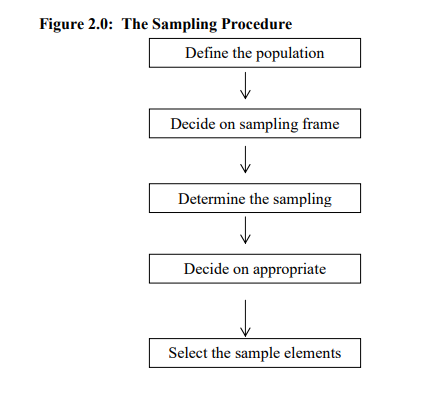Figure 2.0 outlines the step-by-step procedures that researchers can follow when drawing a sample from a population.

The definition of the population in any study is determined by the purpose of the study. But, the population should be defined very carefully, and in such a manner that another researcher would be able to identify it sufficiently well to reproduce it. The researcher, for example, must specify whether the population consists of individuals such as housewives, college students or lawyers etc.
Secondly, researcher must determine the sampling frame. A sampling frame is the list of study objects from which the sample will be drawn. An ideal sample frame should contain every population object only. Sampling frames can be obtained from research agencies, government departments and organisation.
The researcher must next determine the sampling procedure ie, either probability or nonprobability techniques (discussed later).
The researcher must then determine the appropriate sample size. A rule of thumb is that thelarger the sample, the more accurate the conclusions drawn are likely to be. Finally, the researcher then selects the specific study objects to be included in the sample.
